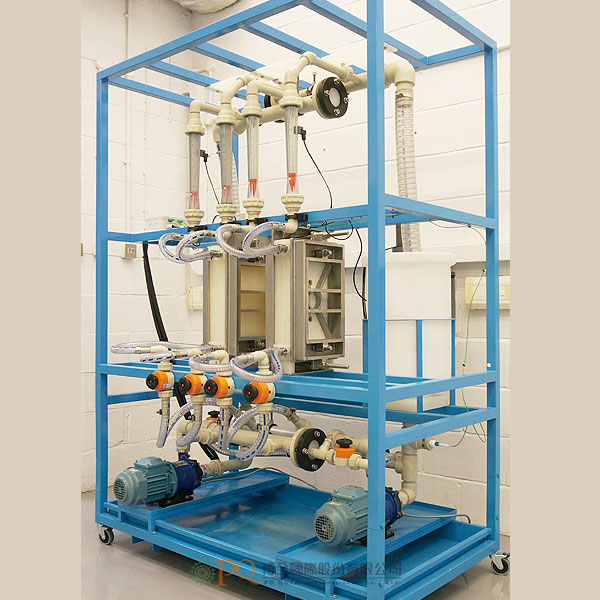
-
 AARONIA AG
AARONIA AG
-
 ADASH
ADASH
-
 Amptek
Amptek
-
 AOiP
AOiP
-
 AstroNova
AstroNova
-
 Automatic Research
Automatic Research
-
 AWSensors
AWSensors
-
 BASI
BASI
-
 BRS
BRS
-
 CALMET
CALMET
-
 CHECKLINE
CHECKLINE
-
 Cmc
Cmc
-
 CTRL
CTRL
-
 DANATRONICS
DANATRONICS
-
 DV Power
DV Power
-
 EA Technology
EA Technology
-
 ECH
ECH
-
 EL-CELL
EL-CELL
-
 Electrothermal
Electrothermal
-
 Elsys
Elsys
-
 ELVEFLOW
ELVEFLOW
-
 Enapter
Enapter
-
 ENERGY SUPPORT
ENERGY SUPPORT
-
 Enervac
Enervac
-
 FASTEC
FASTEC
-
 Gaskatel
Gaskatel
-
 GE
GE
-
 GIUSSANI
GIUSSANI
-
 Globecore
Globecore
-
 GMW
GMW
-
 GREENLIGHT
GREENLIGHT
-
 GRZ
GRZ
-
 HIGH SENSE SOLUTIONSHTW
HIGH SENSE SOLUTIONSHTW
-
 HTW
HTW
-
 HUBER
HUBER
-
 HVPD
HVPD
-
 Ida
Ida
-
 Instytut Fotonowy
Instytut Fotonowy
-
 IVIUM
IVIUM
-
 Jacomex
Jacomex
-
 Jenway
Jenway
-
 JGG
JGG
-
 KEHUA TECH
KEHUA TECH
-
 Labdex
Labdex
-
 Labnics
Labnics
-
 LIQUID
LIQUID
-
 METERTEST
METERTEST
-
 Metrel
Metrel
-
 Microrad
Microrad
-
 micrux
micrux
-
 ndb
ndb
-
 Neware
Neware
-
 Norecs
Norecs
-
 Novocontrol
Novocontrol
-
 OKOndt Group
OKOndt Group
-
 OZM
OZM
-
 Pine Research
Pine Research
-
 Redoxme
Redoxme
-
 SATIR
SATIR
-
 SDT
SDT
-
 Serstech
Serstech
-
 VacCoat
VacCoat
-
 Zurich
Zurich
- AARONIA AG
- ADASH
- Amptek
- AOiP
- AstroNova
- Automatic Research
- AWSensors
- BASI
- BRS
- CALMET
- CHECKLINE
- Cmc
- CTRL
- DANATRONICS
- DV Power
- EA Technology
- ECH
- EL-CELL
- Electrothermal
- Elsys
- ELVEFLOW
- Enapter
- ENERGY SUPPORT
- Enervac
- FASTEC
- Gaskatel
- GE
- GIUSSANI
- Globecore
- GMW
- GREENLIGHT
- GRZ
- HIGH SENSE SOLUTIONSHTW
- HTW
- HUBER
- HVPD
- Ida
- Instytut Fotonowy
- IVIUM
- Jacomex
- Jenway
- JGG
- KEHUA TECH
- Labdex
- Labnics
- LIQUID
- METERTEST
- Metrel
- Microrad
- micrux
- ndb
- Neware
- Norecs
- Novocontrol
- OKOndt Group
- OZM
- Pine Research
- Redoxme
- SATIR
- SDT
- Serstech
- VacCoat
- Zurich
高通量電化學系統
C-Flow PLTT 型號:C-Flow PLTTC-Flow PLT是電化學電池和系統的新設計,與目前的電池堆設計相比,具有更高的容量(4倍的流速)。 模組化的系統有較高的靈活性並降低開發成本,以供學術和工業研發用戶使用。
當前的設計是具有類似於熱交換器或壓濾機設置的具有多個相鄰雙極電池的堆疊系統。在這種設計中,電解液流入和流出每個電池的固有限制會導致通過設備產生高壓降,從而限制了容量並增加了運營成本。資本成本也往往很高。
-
C-Flow PLT是電化學電池和系統的新設計,與目前的電池堆設計相比,具有更高的容量(4倍的流速)。
模組化的系統有較高的靈活性並降低開發成本,以供學術和工業研發用戶使用。當前的設計是具有類似於熱交換器或壓濾機設置的具有多個相鄰雙極電池的堆疊系統。在這種設計中,電解液流入和流出每個電池的固有限制會導致通過設備產生高壓降,從而限制了容量並增加了運營成本。資本成本也往往很高。
C-Flow PLT是高通量電化學系統,配備多個625平方公分的電池系統。包括電力電子設備、控制系統、儲液罐、管道與其他輔助系統。單電池可每分鐘通過75公升的陽極電解液與陰極電解液。通過電極的線速度最大可達1ms-1。流速為當前設計的四倍,是電化學系統可操作容量的一大躍進。此設計更接近生產規模,但佔地面積小,成本相差一個數量級。
-
設計是模塊化的。每個電池都包含在一個獨立的機殼中,從而具有高度的操作靈活性。可以通過乾斷接頭取出單個電池進行維護,而不會干擾其他電池。此設計可以輕鬆擴充和增加容量。
使用C-Flow PLT可以進行多種電化學處理,包括稀釋系統(例如廢水)的處理、化學合成、需要高度湍流(高流速)的粘性液體和其他需要高體積流量的合成。
本產品可以根據客戶要求和應用來指定電力電子設備,電力電子設備可調整為對電池提供高達4,000 A m-2的功率。
-
C-Flow PLT is a new design of electrochemical cell and plant, offering much higher capacities –4 times the flow rates – than possible with cur-rent stack designs. A modular pilot plant offers a step change in flexibility and reduced develop-ment costs for use by academic and industrial R&D users.
Current designs are stack systems with multiple adjacent bipolar cells in an arrangement similar to a heat exchanger or filter press. Inherent con-strictions to the flow of electrolyte into and out of each cell in this design lead to high pressure drops across the equipment, limiting capaci-ty and increasing operating costs. Capital costs also tend to be high.
C-Flow PLT is a high throughput electrochemical plant, with a multiple 625 cm2 cell system, includ-ing power electronics, control system, tanks and pipework, and balance of plant, with a target linear velocity of 1 m s-1 across the electrodes, corre-sponding to 75 litres per minute of both anolyte and catholyte per cell. The flow rate is four times that of comparable current cell designs and is a step change increase in the operational capacity of electrochemical pilot plant, approaching pro-duction scale volumes but with a much smaller footprint and an order of magnitude difference in cost. -
The design is modular – each cell is contained in its own cassette, allowing a high degree of flexibility of operation. Individual cells can be switched in and out for maintenance with dry-break couplings and with no disturbance to other cells. It also allows easy scale up and addition of capacity.
A wide variety of electrochemical processes can be performed using the C-Flow PLT, including the treatment of dilute systems (e.g. waste wa-ter), chemical synthesis, viscous liquids requir-ing a high degree of turbulence (and therefore flow rate), and other syntheses requiring high volumetric flows.
Power electronics can be specified according to customer requirements and application, and can be sized to deliver up to 4,000 A m-2 to the cells.







